



Global efforts to protect forests are failing, with 8.1 million hectares lost in 2024, leaving the world 63% off track from its 2030 deforestation goal. Agriculture is the primary driver, compounded by financial systems favoring harmful industries. Without immediate action, climate and biodiversity goals are unattainable.
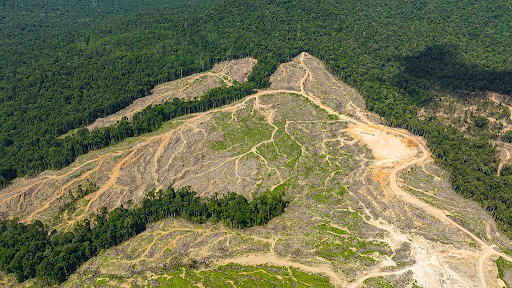
Copyright infringement not intended
Picture Courtesy: DOWNTOEARTH
The 2025 Forest Declaration Assessment reveals countries failing to meet the 2030 target for halting and reversing deforestation, signaling a failure of global commitments.
The New York Declaration on Forests (2014): An ambitious pledge to halve deforestation by 2020 and end it by 2030.
The Glasgow Leaders’ Declaration on Forests and Land Use (2021): Signed by over 140 countries at COP26, this declaration committed to halt and reverse forest loss and land degradation by 2030.
The Kunming-Montreal Global Biodiversity Framework (2022): This includes the "30x30" target, which aims to restore 30% of all degraded ecosystems, including forests, by 2030.
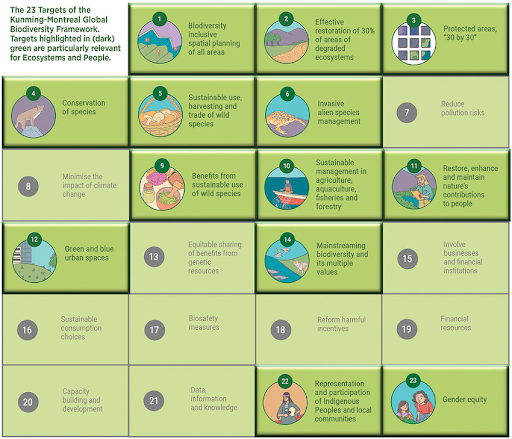
Deforestation Crisis
The world is 63% off track to meet its 2030 goal of ending deforestation.
8.1 million hectares of forest were lost in 2024 alone, far exceeding the annual target of 5 million hectares.
The loss of irreplaceable humid tropical primary forests accounted for 6.7 million hectares.
Escalating Degradation Crisis
Forest degradation (the decline in forest health and productivity) is also spiraling out of control.
8.8 million hectares of tropical moist forest were degraded in 2024, putting the world 235% off track on its 2030 goal.
Climate Impact
The loss of primary tropical forests released 3.1 billion metric tons of greenhouse gases. This is nearly 150% of the annual emissions from the entire United States energy sector.
Emissions from wildfires in 2024 (791 million metric tonnes) exceeded the industrial emissions of Germany.
Permanent Agriculture as the Main Culprit
86% of all deforestation in the past decade was driven by the expansion of permanent agriculture. This includes clearing forests for oil palm, cocoa, cattle ranching (pasture), rubber, and seasonal crops, highlighting a fundamental conflict between global food systems and forest preservation.
Wildfires as a Co-driver of Collapse
Wildfires were the major contributor to forest degradation. The report cites the Amazon Basin as a prime example where a combination of anthropogenic climate change (leading to drier conditions) and poor forest management practices has turned natural fire cycles into catastrophic events that risk pushing the entire ecosystem towards collapse.
Systemic Failure of Corporate and Government Action
Weak Government Policies: The majority of governments are failing to align their economic, trade, and land-use policies with their own forest goals.
Ineffective Corporate Pledges: Voluntary corporate commitments are largely ineffective. Less than one-third of agricultural and forestry companies have policies covering all forest-risk commodities. Only 3% of assessed companies have strong, comprehensive deforestation commitments.
Growing Threat of Mining
The demand for minerals for the energy transition is posing a new and rapidly increasing threat. An alarming 77% of global mines are located within 50 km of Key Biodiversity Areas (KBAs).
In 2023-24, forest loss from these forested KBAs increased by 47%, putting the world 104% off track on the goal of zero tree cover loss in these critical areas by 2030.
Role of Environmental Crime
Illegal deforestation and logging are a massive, unregulated industry, generating as much as $281 billion annually.
The report estimates that between 61% and 94% of all tropical deforestation for agriculture is illegal, indicating a catastrophic failure of law enforcement.
Neglect of Indigenous Peoples' Rights
The report powerfully concludes that the recognition of the rights of Indigenous Peoples and Local Communities (IPs & LCs) remains the "exception, not the norm."
Only 13% of customary lands in tropical forest regions are formally recognized by governments, despite evidence that forests managed by Indigenous communities have the lowest rates of deforestation.
Align Policies: Governments must align agricultural, trade, and economic policies with forest conservation commitments.
Strengthen Corporate Accountability: Mandatory due diligence and legal accountability for companies with deforestation in their supply chains are necessary, as voluntary pledges are insufficient.
Tackle Environmental Crime: Strengthen international cooperation and domestic law enforcement to dismantle criminal networks driving illegal deforestation.
Empower Indigenous Peoples and Local Communities: Legally recognizing and securing land rights for Indigenous Peoples and Local Communities is the most effective and just solution, empowering them as primary forest guardians.
The "Forest Declaration Assessment 2025" reveals that voluntary pledges are failing. The world needs legally binding regulations, transparent supply chains, and strong enforcement for corporations and governments. Empowering Indigenous communities with recognized land rights is also crucial for forest protection.
Source: DOWNTOEARTH
|
PRACTICE QUESTION Q. Discuss the key challenges in large-scale afforestation and reforestation programs and suggest sustainable models for their implementation. 250 words |
Forest landscape restoration (FLR) restores ecological function and human well-being in deforested or degraded areas. This approach goes beyond tree planting, integrating agroforestry, managed plantations, and natural regeneration.
The UNSPF, adopted by the UN General Assembly in 2017, is a voluntary framework for sustainable forest management. It outlines six Global Forest Goals and 26 targets, including a 3% increase in global forest area by 2030, and promotes international cooperation for sustainable forest management.
REDD initially focused only on reducing emissions from deforestation and forest degradation. The REDD+ framework expanded to incorporate conservation, sustainable forest management, and the enhancement of forest carbon stocks.

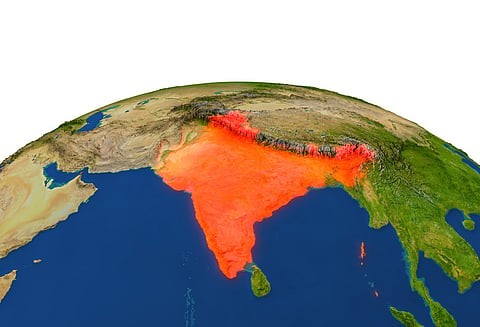
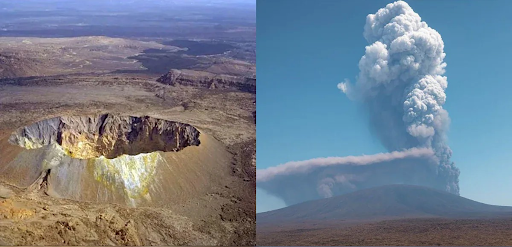


© 2025 iasgyan. All right reserved